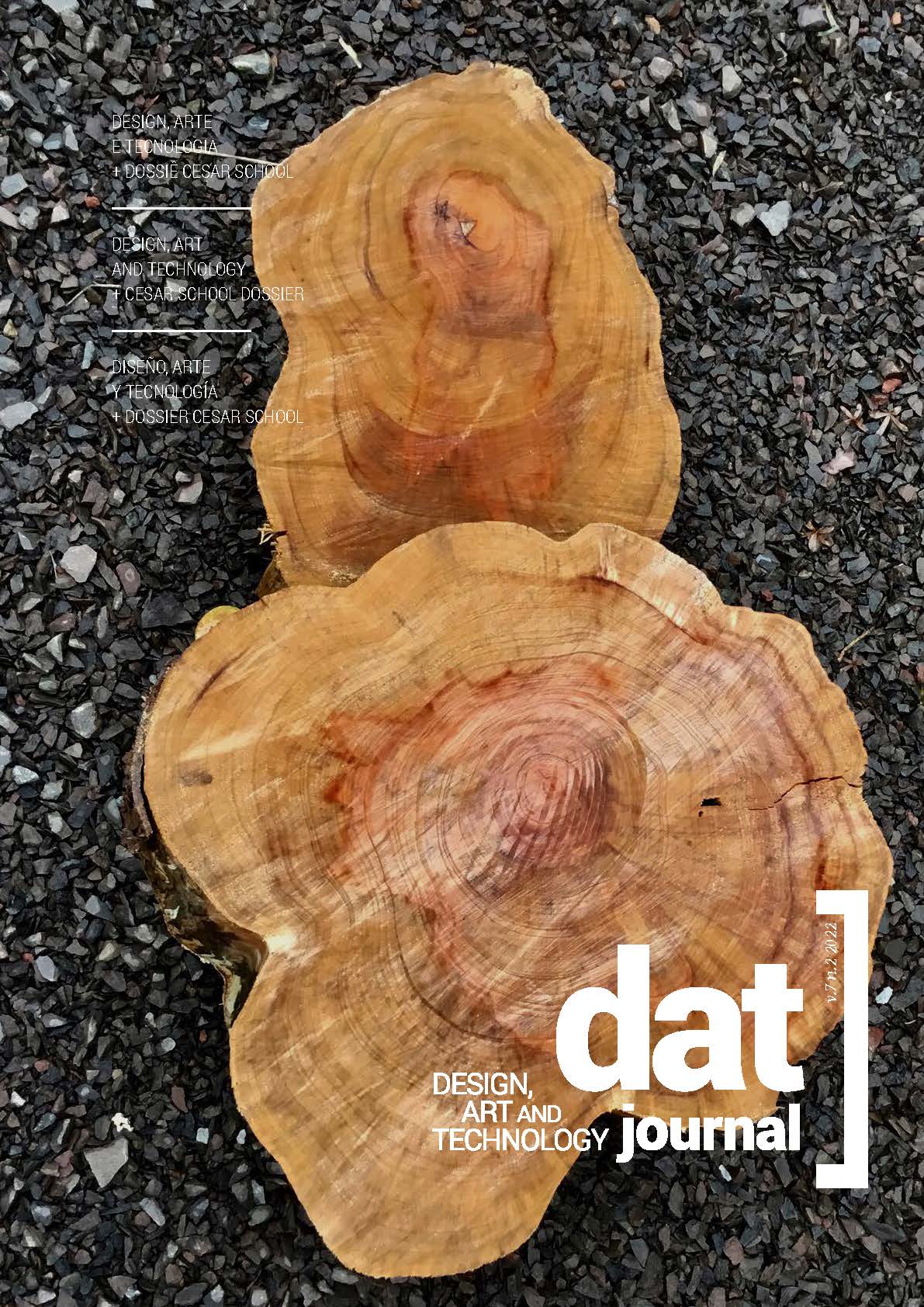Virtualization and physiotherapy: development, performance evaluation and heuristics of usability in two systems of virtual and mixed reality for the rehabilitation of upper members
DOI:
https://doi.org/10.29147/datjournal.v7i2.615Keywords:
Virtual Reality, Augmented Reality, Mixed Reality, Physiotherapy, Design, Design Science ResearchAbstract
The motor rehabilitation process is fulfilled by challenges and, in a context of technological innovation, of great opportunities. The present investigation had as goal elaborate two systems with the participation of ten volunteers for testing and two physiotherapists from a Virtual Reality platform and another in Mixed Reality, aimed to upper-limb members, with the intention of improve the evaluation, expand reach, increase engagement and performance of remote and in person therapies, under the light of heuristics of usability still with healthy volunteers (control group). In addition to specific heuristics for virtual environments, and by a Design Thinking approach, the present work explains the methodological path taken to understand problem, ideation, prototyping, testing and evaluation of the proposed systems using Design Science Research providing future explorers of Virtual Reality, Augmented Reality and Mixed Reality with a structured process focused on the developing solutions for the field of physiotherapy. The results show good adoption by users of both systems, with critical advantages, disadvantages and also the need for further development.
Downloads
References
BARROS, H. Estudo de concordância sobre a interação com artefatos físicos e virtuais: um estudo aplicado à validação do teste virtual de destreza manual box and blocks com usuários sem deficiência. Tese (Doutorado em Design) – Departamento de Design, Centro de Artes e Comunicação, Universidade Federal de Pernambuco. Recife, p. 34. 2017.
BROWN, T. Design Thinking. Harvard business review. 86. 84-92, 141, 2008
BROWN, T. Change By Design. Tim Brown. p. 381–383, 2016. DOI: https://doi.org/10.1038/nj7650-381a
CAVALCANTI, V. C. et al. Usability Assessments for Augmented Reality Motor Rehabili¬tation Solutions: A Systematic Review. International Journal of Computer Games Techno¬logy, v. 2018, p. 5387896, 2018a. DOI: https://doi.org/10.1155/2018/5387896
DA GAMA, A. E. F. et al. Rehabilitation motion recognition based on the international biomechanical standards. Expert Systems with Applications, v. 116, p. 396–409, 2019. DOI: https://doi.org/10.1016/j.eswa.2018.09.026
DRESCH, A.; LACERDA, D. P. Apresentação Design Science e Design Science Research: Mé¬todo de Pesquisa para o avanço da Ciência e da Tecnologia. Gmap | Unisino, p. 1–72, 2016.
DUARTE, N.; POSTOLACHE, O.; SCHARCANSKI, J. KSGphysio-Kinect serious game for phy¬siotherapy. EPE 2014 - Proceedings of the 2014 International Conference and Exposition on Electrical and Power Engineering, n. Epe, p. 606–611, 2014. DOI: https://doi.org/10.1109/ICEPE.2014.6969981
ENDSLEY, T. C. et al. Augmented reality design heuristics: Designing for dynamic inte¬ractions. Proceedings of the Human Factors and Ergonomics Society, v. 2017-Octob, n. 1990, p. 2100–2104, 2017. DOI: https://doi.org/10.1177/1541931213602007
GALE, N.; MIRZA-BABAEI, P.; PEDERSEN, I. Heuristic guidelines for wearable augmented reality applications. CHI PLAY 2015 - Proceedings of the 2015 Annual Symposium on Com¬puter-Human Interaction in Play, n. October 2017, p. 529–534, 2015. DOI: https://doi.org/10.1145/2793107.2810309
HOLDEN, M. K. Virtual environments for motor rehabilitation: Review. Cyberpsychology and Behavior, v. 8, n. 3, p. 187–211, 2005. DOI: https://doi.org/10.1089/cpb.2005.8.187
NIELSEN, J. Usability Engineering. Morgan Kaufmann Publishers Inc., San Francisco, CA, USA., 1994.
RIVA, G.; CASTELNUOVO, G.; MANTOVANI, F. Transformation of flow in rehabilitation: the role of advanced communication technologies. Behavior research methods, v. 38, n. 2, p. 237–244, 2006. DOI: https://doi.org/10.3758/BF03192775
SUTCLIFFE, A.; GAULT, B. Heuristic evaluation of virtual reality applications. Interacting with Computers, v. 16, n. 4, p. 831–849, 2004. DOI: https://doi.org/10.1016/j.intcom.2004.05.001
TIERI, G. et al. Virtual reality in cognitive and motor rehabilitation: facts, fiction and fallacies. Expert Review of Medical Devices, v. 15, n. 2, p. 107–117, 2018. DOI: https://doi.org/10.1080/17434440.2018.1425613
VILELA, V. et al. Improving Therapeutic Exercises Possibilities Through a Configurable Augmented Reality Motor Rehabilitation Application. 2020.
WHO. Improving Access To Assistive Technology for Everyone, Everywhere. n. WHO/ EMP/PHI/2016.01, p. 5–7, 2016.
WITTMANN, F. et al. Assessment-driven arm therapy at home using an IMU-based virtu¬al reality system. IEEE International Conference on Rehabilitation Robotics, v. 2015-Septe, n. November 2018, p. 707–712, 2015. DOI: https://doi.org/10.1109/ICORR.2015.7281284



























